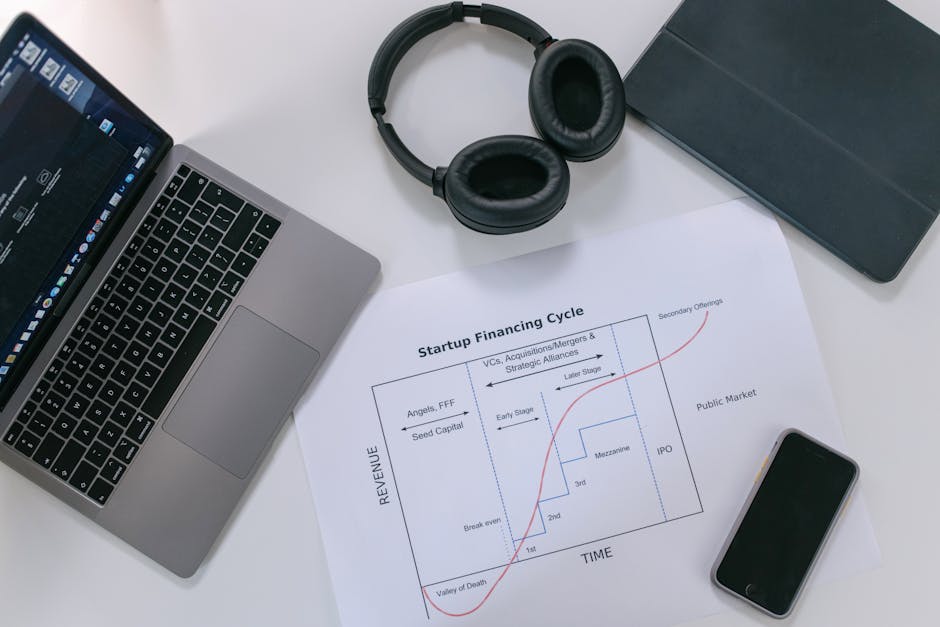In today’s digital landscape, secure document sharing is more critical than ever. Businesses must ensure that their sensitive information is protected from unauthorized access while maintaining efficient workflows. Virtual Data Rooms (VDRs) have become an essential tool in this endeavor, offering advanced technologies and robust security measures to safeguard data. Before implementing a VDR, it’s crucial to check if your vdr is secure to ensure it meets the highest standards of data protection. This blog post explores how innovative document management solutions are shaping the future of secure document sharing.
Cutting-Edge Document Sharing Technologies
In the modern business environment, document sharing has evolved with advanced technologies designed to enhance both security and efficiency. Here’s how innovative solutions are transforming document management:
-
Advanced Technology: New document-sharing technologies utilize sophisticated algorithms and encryption methods to ensure secure and efficient exchanges. These technologies not only protect data but also streamline the sharing process, making it faster and more reliable.
-
Secure Sharing: Platforms are now incorporating end-to-end encryption to safeguard documents from unauthorized access. This level of security ensures that sensitive information remains protected throughout the sharing process.
In summary, innovative document management solutions are redefining the way businesses share and protect sensitive information. With advanced technology and secure sharing protocols, these platforms offer a powerful blend of efficiency and security. As the future of document management continues to evolve, staying informed about emerging trends and innovations is crucial. For further insights into the latest developments, explore The Future of Document Management: Trends and Innovations to Watch.
Enhancing Collaboration with Real-Time Sharing
Real-time collaboration has become a cornerstone of effective teamwork, driven by advancements in document-sharing technologies:
-
Real-Time Sharing: Modern document management systems allow for live editing, commenting, and updates. This capability ensures that all team members are working with the most current version of a document, which boosts productivity and reduces errors.
-
Team Collaboration: Integrated tools within these platforms facilitate seamless communication and coordination among team members. Features like chat, video calls, and task assignments enhance collaborative efforts, leading to more efficient project execution.
-
Live Editing: Real-time document editing enables multiple users to work on the same document simultaneously. This feature is crucial for fast-paced projects where timely updates and feedback are essential.
Real-time collaboration significantly enhances teamwork by enabling seamless, up-to-date communication and document management. With features like live editing, commenting, and integrated communication tools, modern document-sharing platforms ensure that all team members stay aligned, boosting productivity and reducing errors. For a deeper understanding of how real-time collaboration works in practice, watch this informative video on Real-time Collaboration with Live Share in Visual Studio and VSCode.
Implementing Robust Security Protocols
Ensuring the security of shared documents is paramount. Here’s how modern document management systems address security concerns:
-
Data Encryption: Advanced encryption technologies protect data both in transit and at rest. This ensures that documents are inaccessible to unauthorized users and safeguards against potential breaches.
-
Sharing Protocols: Platforms implement strict protocols for document sharing, including password protection and encrypted links. These measures add additional layers of security, making it harder for unauthorized individuals to gain access.
-
Secure Sharing: Continuous updates and improvements in sharing protocols keep pace with emerging threats, ensuring that document sharing remains secure against evolving cyber risks.
Effective access control is essential for safeguarding sensitive documents and ensuring that only authorized individuals have access. By utilizing granular permissions and role-based management, organizations can maintain a secure and efficient document environment. These measures help prevent unauthorized access and ensure that users can only interact with data relevant to their roles. For more insights on robust security measures, check out the article on What are robust security measures?.
Improving Access Control Measures
Effective access control is crucial for managing who can view or edit documents. Advanced systems offer:
-
Access Control: Granular access control allows administrators to define specific permissions for each user. This ensures that sensitive information is only accessible to those with the necessary clearance.
-
User Permissions: Role-based access management helps streamline user permissions by assigning roles based on job functions. This reduces the risk of unauthorized access and ensures that users have access only to relevant information.
-
Role-Based Access: Implementing role-based access ensures that users can only perform actions aligned with their designated roles, enhancing both security and efficiency.
In summary, advanced access control systems enhance document security by allowing precise user permissions and role-based access. These features ensure that sensitive information is only accessible to authorized individuals, thereby protecting data integrity and improving overall operational efficiency.
Monitoring and Auditing Shared Documents
Maintaining oversight of shared documents is essential for security and compliance:
-
Document Monitoring: Advanced platforms offer real-time monitoring of document access and usage. This capability allows businesses to track how documents are being used and identify any suspicious activity.
-
Audit Logs: Detailed audit logs provide a comprehensive record of all user interactions with documents. These logs are crucial for identifying potential security breaches and ensuring compliance with data protection regulations.
-
User Tracking: Tracking user actions within the document management system helps maintain accountability and transparency, supporting overall document security.
In summary, robust monitoring and tracking tools are vital for ensuring document security and regulatory compliance. Real-time document monitoring, comprehensive audit logs, and user tracking collectively provide the oversight needed to safeguard sensitive information and maintain accountability.
Conclusion
In summary, the future of secure document sharing is shaped by cutting-edge technologies and innovative solutions that enhance collaboration, implement robust security measures, and improve access control. By leveraging these advancements, businesses can ensure secure and efficient document management, fostering a more productive and secure work environment.

